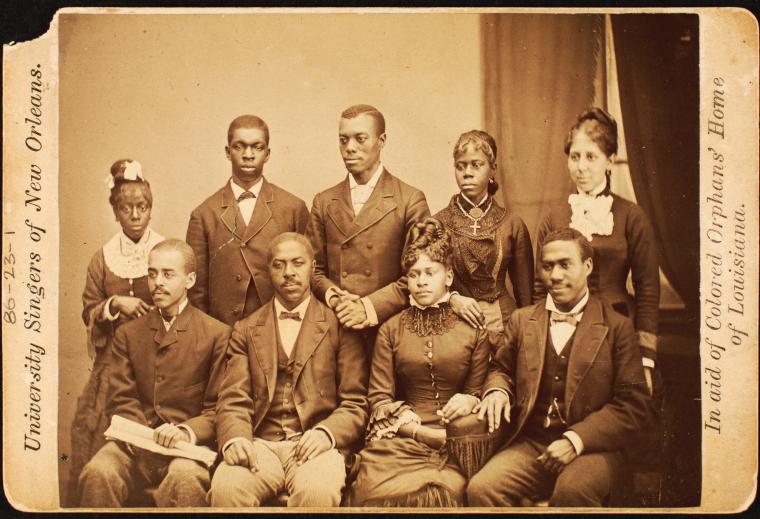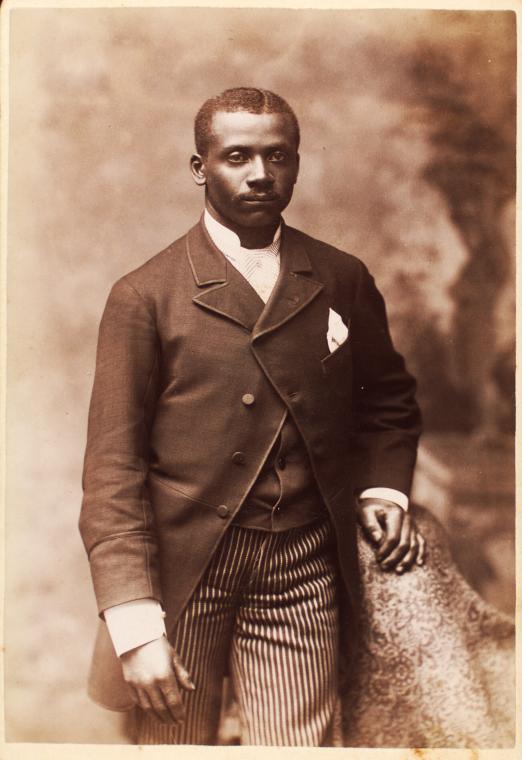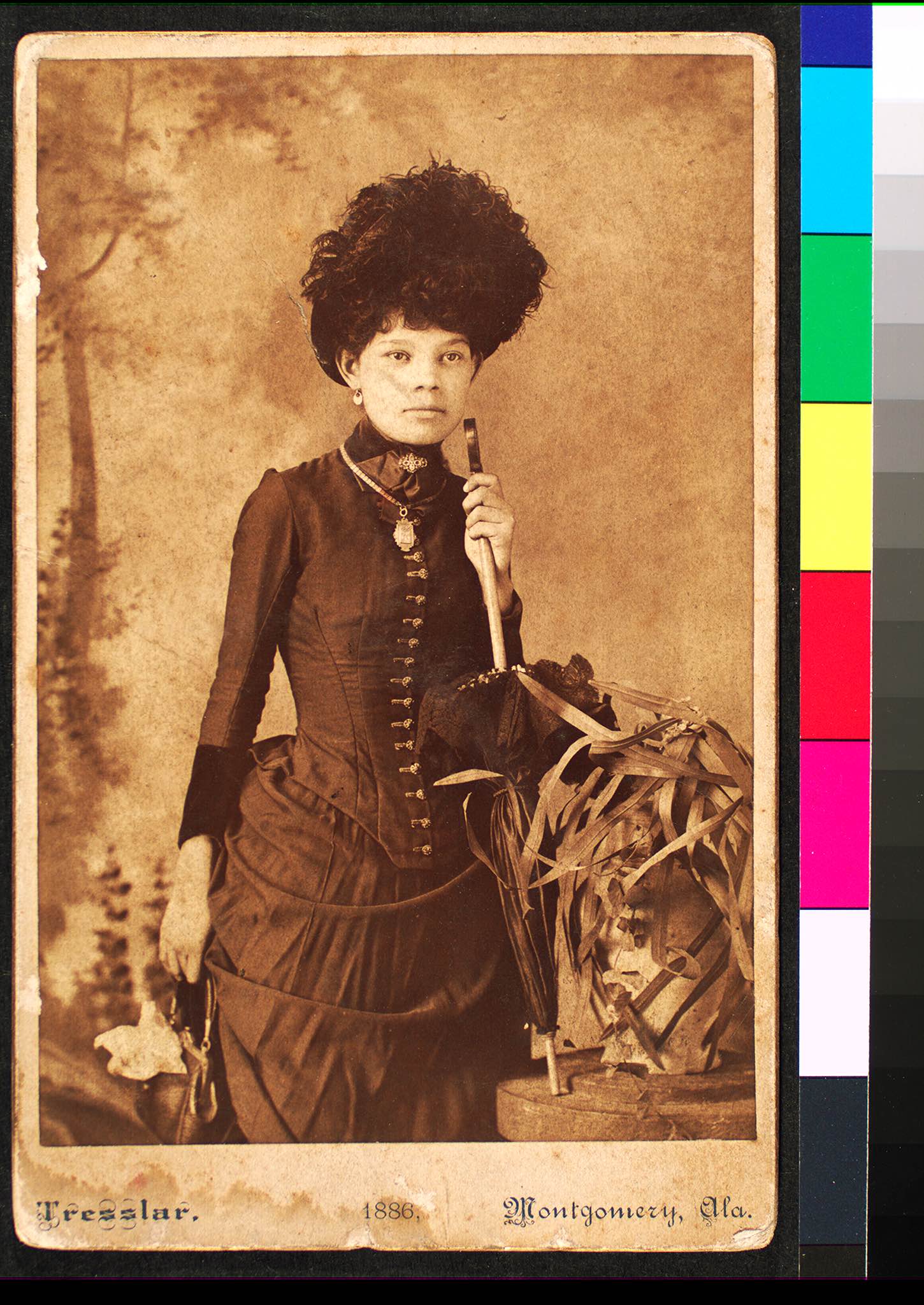



In the 19th century, African Americans harnessed the power of photography to claim a self-possessed identity in line with middle class values and in contrast to racist notions of Black inferiority. Cabinet cards played a significant role in this process of African American self-fashioning and self-representation. Made of paper and sold by the dozen, cabinet cards were affordable for nearly all Americans.
The format was introduced in the 1870s and remained popular into the 1900s. This same period saw a surge of post-Reconstruction lynchings and Jim Crow oppression. Against this brutal backdrop, cabinet cards offered greater access to visual representation at a moment when African Americans’ access to political representation was violently repressed.
Cabinet cards were tucked into family albums and exchanged with acquaintances, thereby solidifying kinship bonds and representing social networks. Although we may not know the names of the sitters, at least one message persists through time: despite the turmoil of the era, Black was beautiful then, too.
Organizations
-

The Schomburg Center for Research in Black Culture
The Schomburg Center for Research in Black Culture in Harlem, one of The New York Public Library’s renowned research libraries, is a world-leading cultural institution devoted to the research, preservation, and exhibition of materials focused on African American, African Diaspora, and African experiences.
We Were Beautiful Then, Too: Late 19th Century African American Cabinet Cards
Featuring: Various Artists
Curated by: Dalila Scruggs
Locations
View Location Details St. Nicholas Park – 132nd Street and 139th StreetSt. Nicholas Park – 132nd Street and 139th Street and St. Nicholas Ave,
New York,
NY 10030
Location open 24 hours

